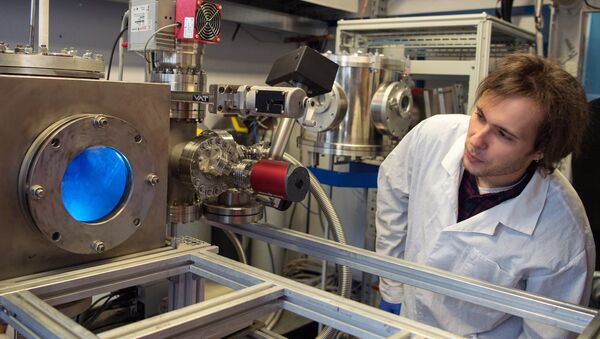Metals are known for their impressive electrical and thermal conductivity levels and their electrical resistance increases during heating. They also have a distinguishing luster.
These properties are determined by the presence of free electrons that can move under the influence of an electric field. Therefore materials with a complex composition and containing free electrons act as metals.
READ MORE: Physicists Create Nanostructures That Enhance Performance of Electronic Devices
In the past 30 years, experts have synthesized many new carbon materials, including nanotubes filled with fullerenes. These tubes are called "carbon peas" because they resemble pea pods.
"It turns out that carbon peas can be used as semiconductors and as metals," Konstantin Katin, an assistant professor in the Condensed Matter Physics Department at the National Research Nuclear University MEPhI, explained. "Just stretch them by four percent to unlock their metallic properties. Their high resilience and tensile strength allow them to remain intact after stretching."
READ MORE: Russian Scientists Develop Unique "Trap for Light"
The distance between fullerenes and the nanotube's surface is so small that electron clouds can travel between the nanotube and fullerenes and back. This phenomenon is called hybridization. The extent of hybridization determines electronic properties of various devices that can be manufactured using electronic peas.
"Everything depends on the correlation between energy levels of electrons inside nanotubes and fullerenes," said Mikhail Maslov, an assistant professor in the Condensed Matter Physics Department at the National Research Nuclear University MEPhI. "Our nanotube initially acted as a semiconductor and had an energy gap. Although fullerene electrons lacked the energy to fill this gap, the application of mechanical tension changed the entire picture. Energy levels shifted, with carbon peas displaying their metallic properties."


